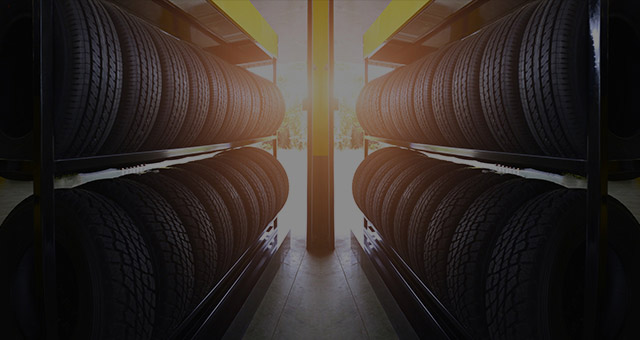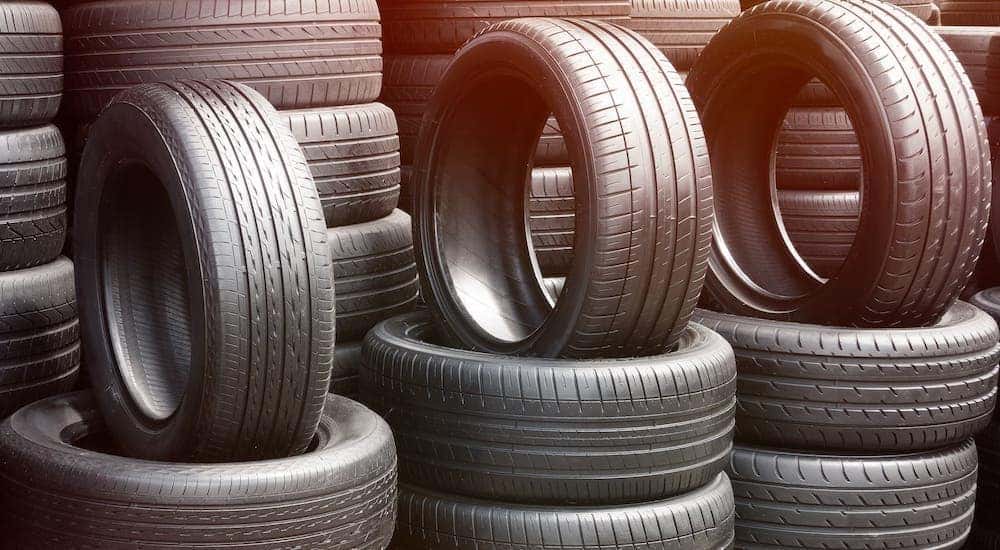Tire Service: Understanding Tire Stress Monitoring Solutions
Recognizing Tire Stress Tracking Solutions (TPMS) is a vital facet of preserving optimal lorry efficiency and safety and security on the road. With innovations in automotive modern technology, TPMS has become a typical attribute in contemporary vehicles, supplying real-time details on tire stress levels.

Importance of TPMS
The relevance of Tire Pressure Tracking Systems (TPMS) depends on their capability to improve lorry safety and security and efficiency via real-time tracking of tire stress levels. Maintaining the right tire pressure is important for making sure optimal handling, braking, and total safety and security of an automobile. TPMS offers motorists with instant responses on any kind of underinflated or overinflated tires, enabling prompt changes to be made.
Elements of TPMS
Consisting of different essential aspects, a Tire Pressure Surveillance System (TPMS) functions as an innovative safety and security function in modern-day vehicles. The primary elements of a TPMS include sensing units, a control module, and a caution sign. Sensing units are usually situated in the tire valve stem or connected to the wheel assembly, where they measure tire stress and transfer data to the control component. If it spots substantially reduced pressure in any of the tires, the control module processes this details and triggers a caution. The warning indicator, typically an icon on the dashboard, informs the driver to examine the damaged tire or tires. Some progressed TPMS versions additionally show the actual tire stress analyses for every tire, offering vehicle drivers with real-time info to ensure optimal tire performance and safety and security. By keeping an eye on tire pressure continually, TPMS aids avoid mishaps, decreases tire wear, and boosts fuel efficiency, making it a critical component for vehicle safety and performance.
Types of TPMS

On the various other hand, indirect TPMS relies upon the automobile's wheel rate sensors to check tire stress. This system discovers underinflation by contrasting the rotational rates of the wheels. Indirect TPMS is much less costly than straight TPMS, as it uses existing sensors within the car.
While straight TPMS provides extra exact readings, indirect TPMS is simpler in layout and usually calls for much less maintenance. Both systems have their advantages and restrictions, and the option in between them often depends on elements such as cost, lorry make, and personal preference. Understanding the differences between these 2 kinds of TPMS can assist automobile proprietors make notified decisions regarding tire maintenance and safety and security.
TPMS Maintenance Tips
Effective upkeep of TPMS is necessary for making sure ideal efficiency and safety of your lorry. Frequently checking the TPMS sensing units for any damage or deterioration is essential. Guarantee that the sensing units are complimentary and tidy from particles that might conflict with their functioning. Additionally, it is recommended to examine the sensing unit batteries periodically and replace them as needed to assure exact readings. Conduct routine examine the tire stress degrees and contrast them with the TPMS analyses to ensure they correspond. If there are any type of discrepancies, alter the system following the supplier's standards. Throughout tire rotation or substitute, make sure that the TPMS elements are taken care of carefully to stop any type of prospective damages. Finally, if the TPMS cautioning light illuminates on the control panel, deal with the issue without delay by checking the tire pressures and the general system for any kind of faults. By sticking to these upkeep tips, you can prolong the lifespan of your TPMS and enhance the safety of your driving experience.
Advantages of Appropriate Tire Stress
Keeping correct tire stress, as stressed in TPMS Upkeep Tips, is important for enjoying the many advantages associated with ideal tire pressure levels. In addition, correct go to this web-site tire stress makes sure also tire wear, prolonging the life expectancy of the tires and promoting safer driving problems. In final thought, the advantages of proper tire pressure go beyond just tire durability; they encompass improved gas effectiveness, enhanced safety, far better automobile efficiency, and overall driving convenience.
Verdict
To conclude, understanding tire stress tracking systems (TPMS) is critical for keeping ideal tire pressure and ensuring automobile security. By recognizing the significance of TPMS, knowing with its parts, recognizing the different kinds available, sticking to appropriate upkeep ideas, and realizing the advantages of keeping appropriate tire stress, motorists can enhance their driving experience and extend the life expectancy of their tires. Appropriate tire stress is essential to efficient and safe automobile operation.

Comments on “Morris Tire and Alignment: Your Relied On Source for Reliable Service”